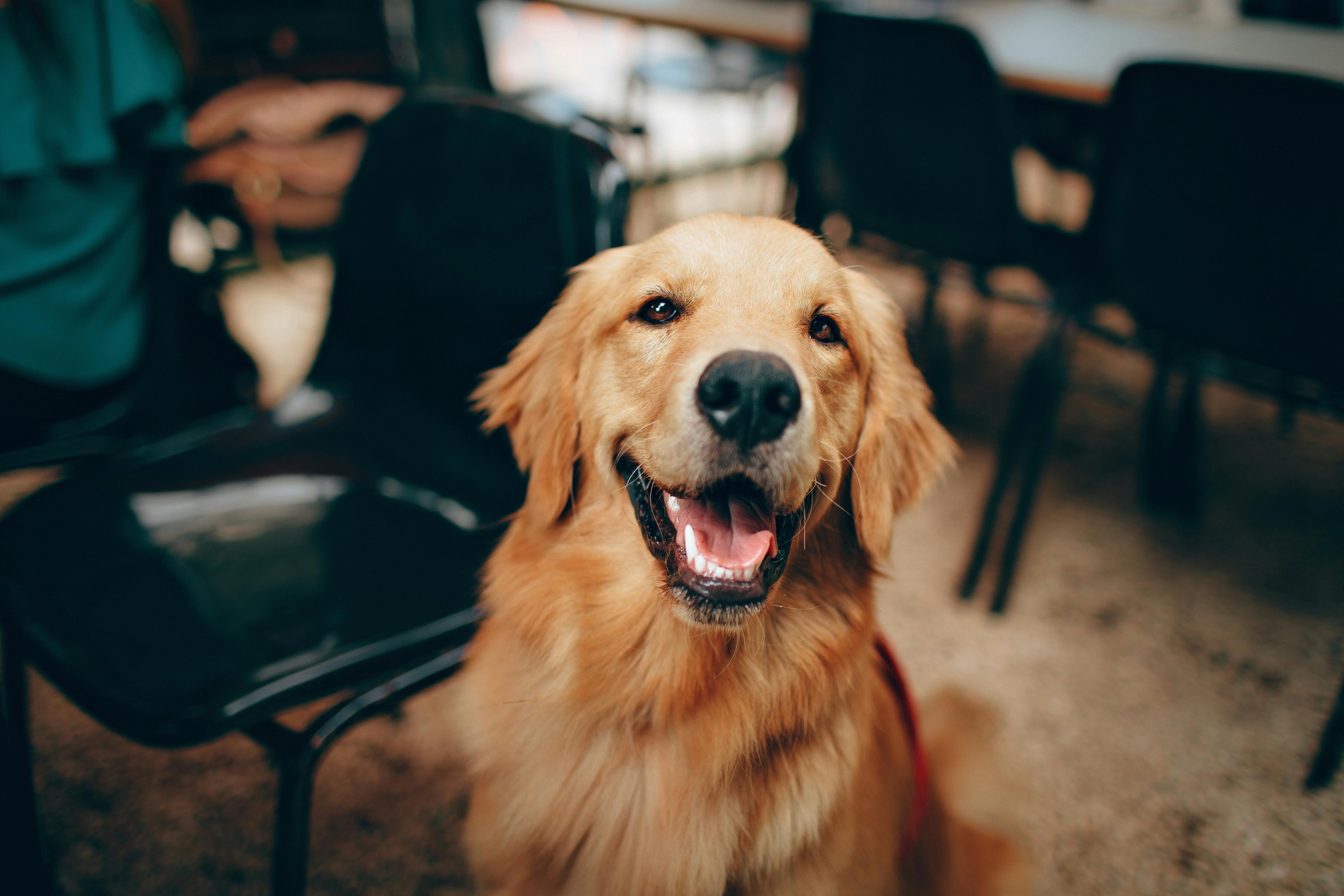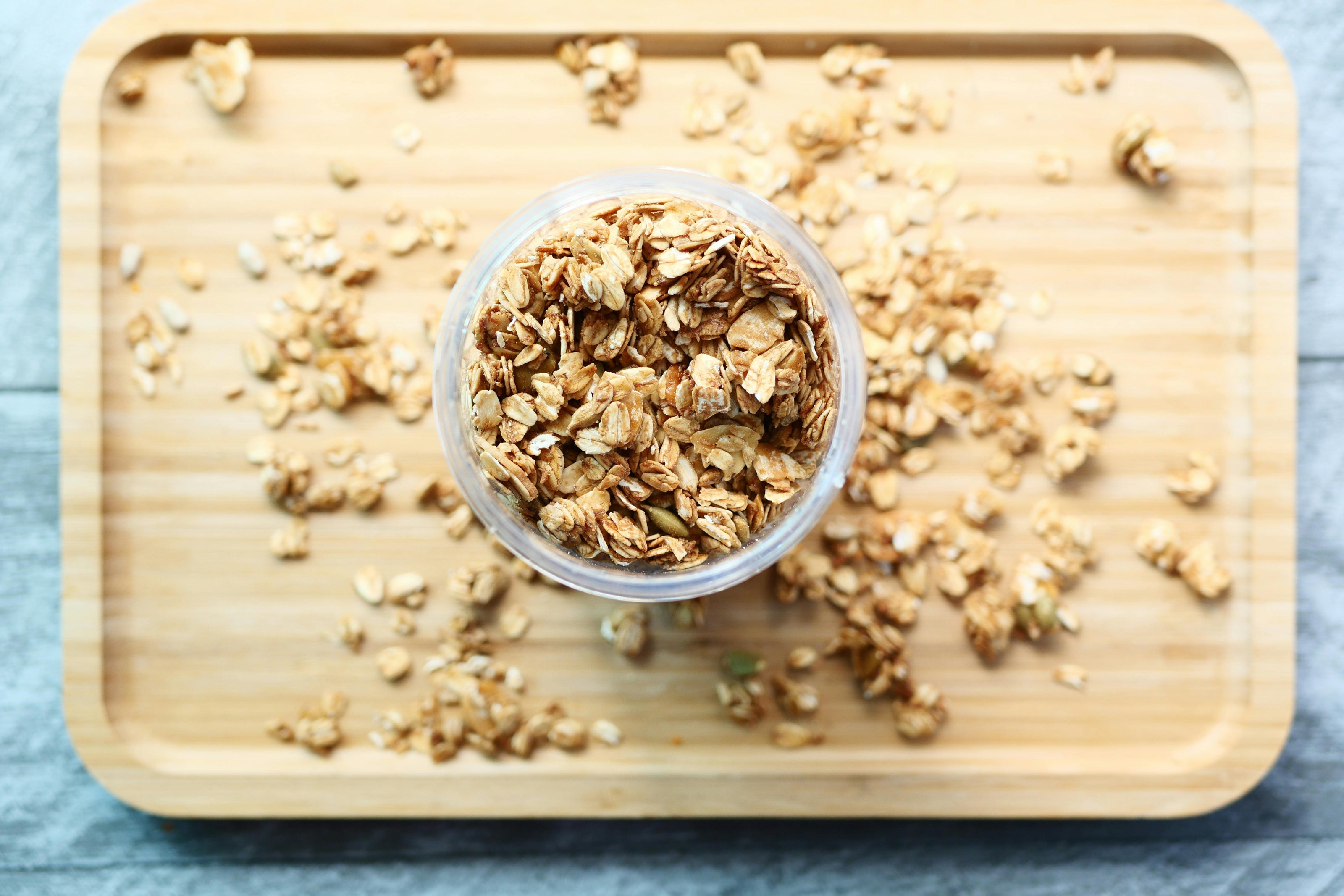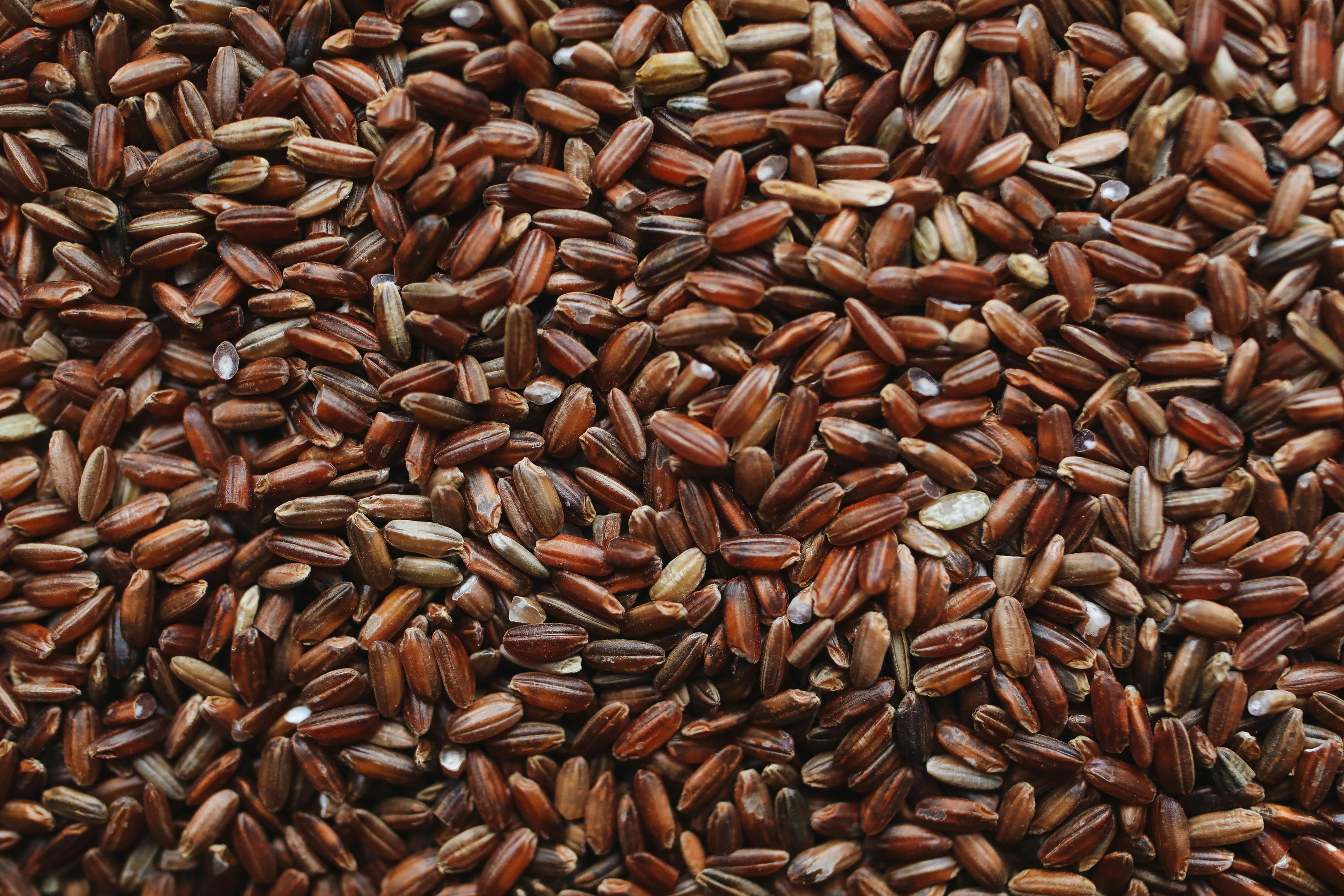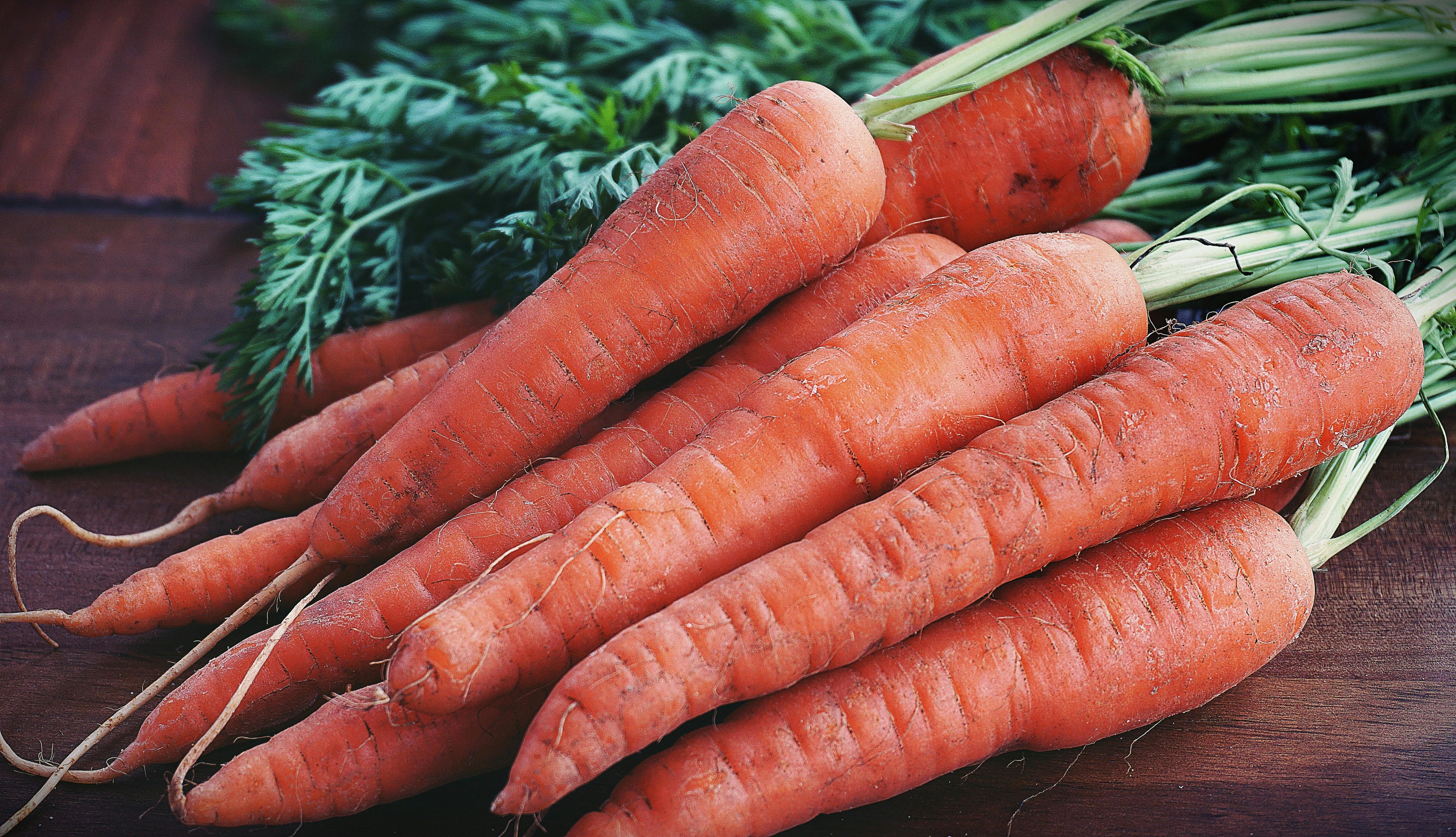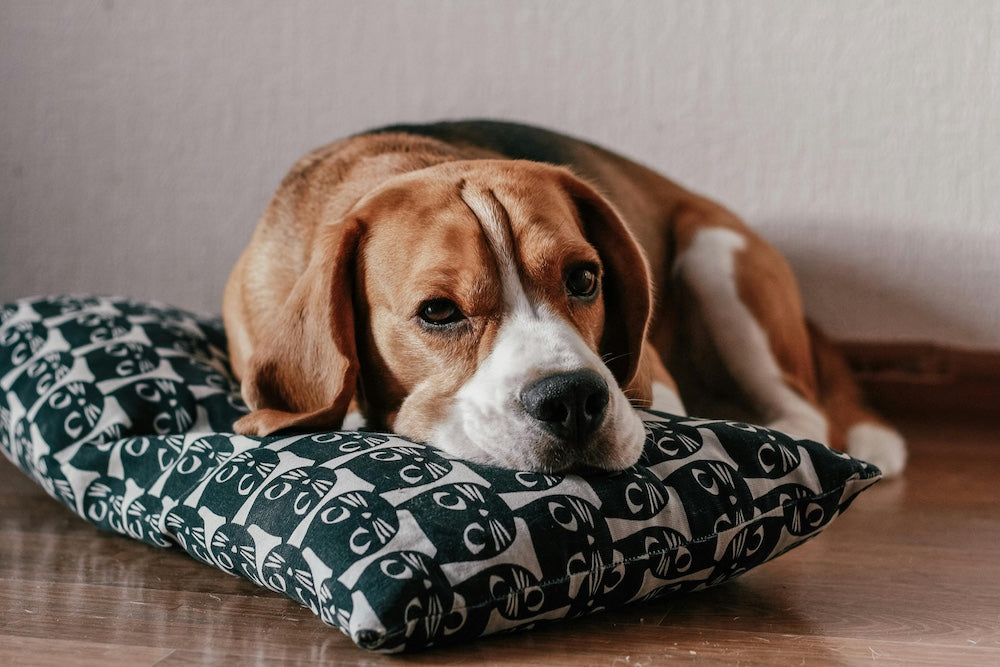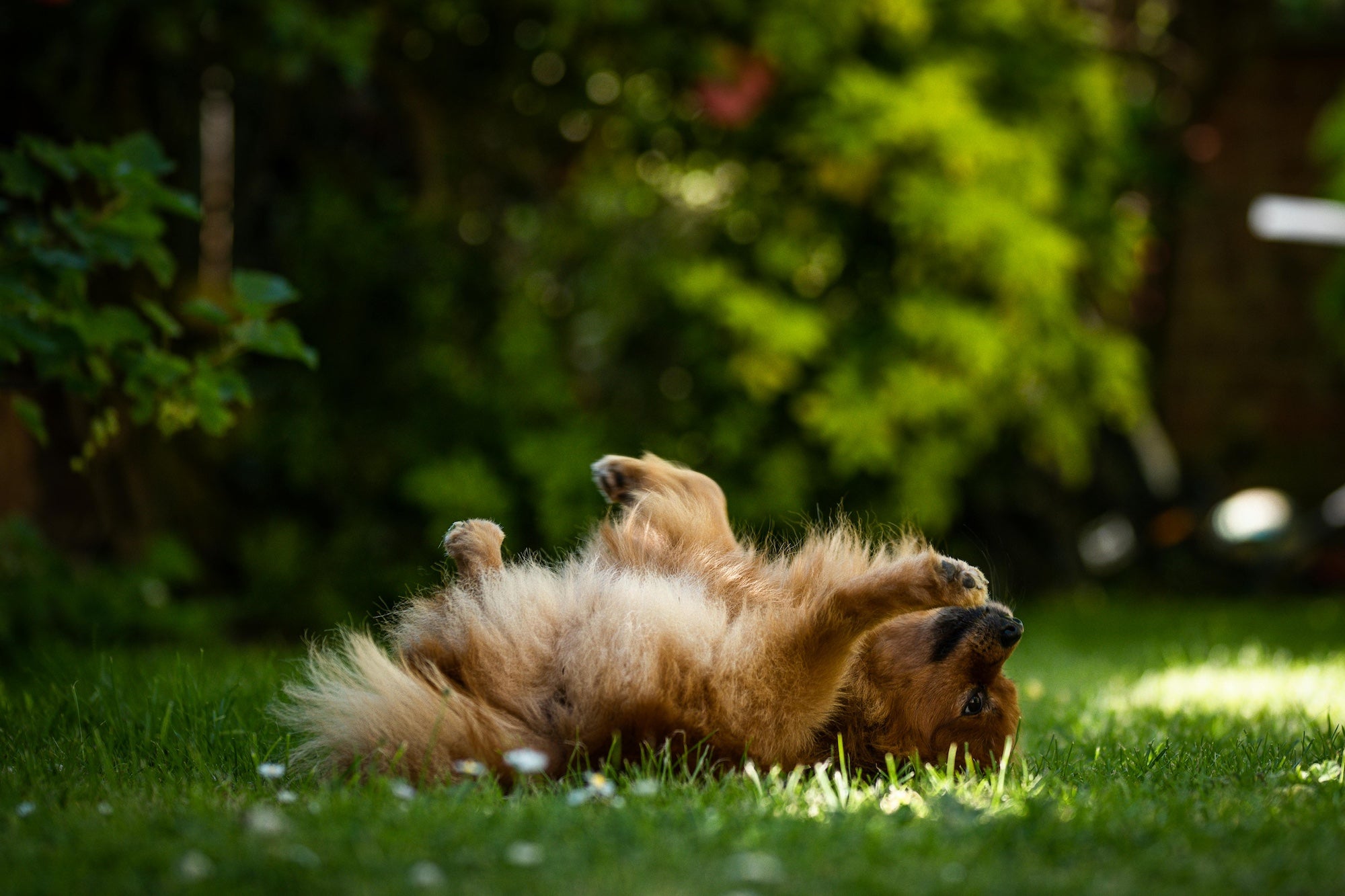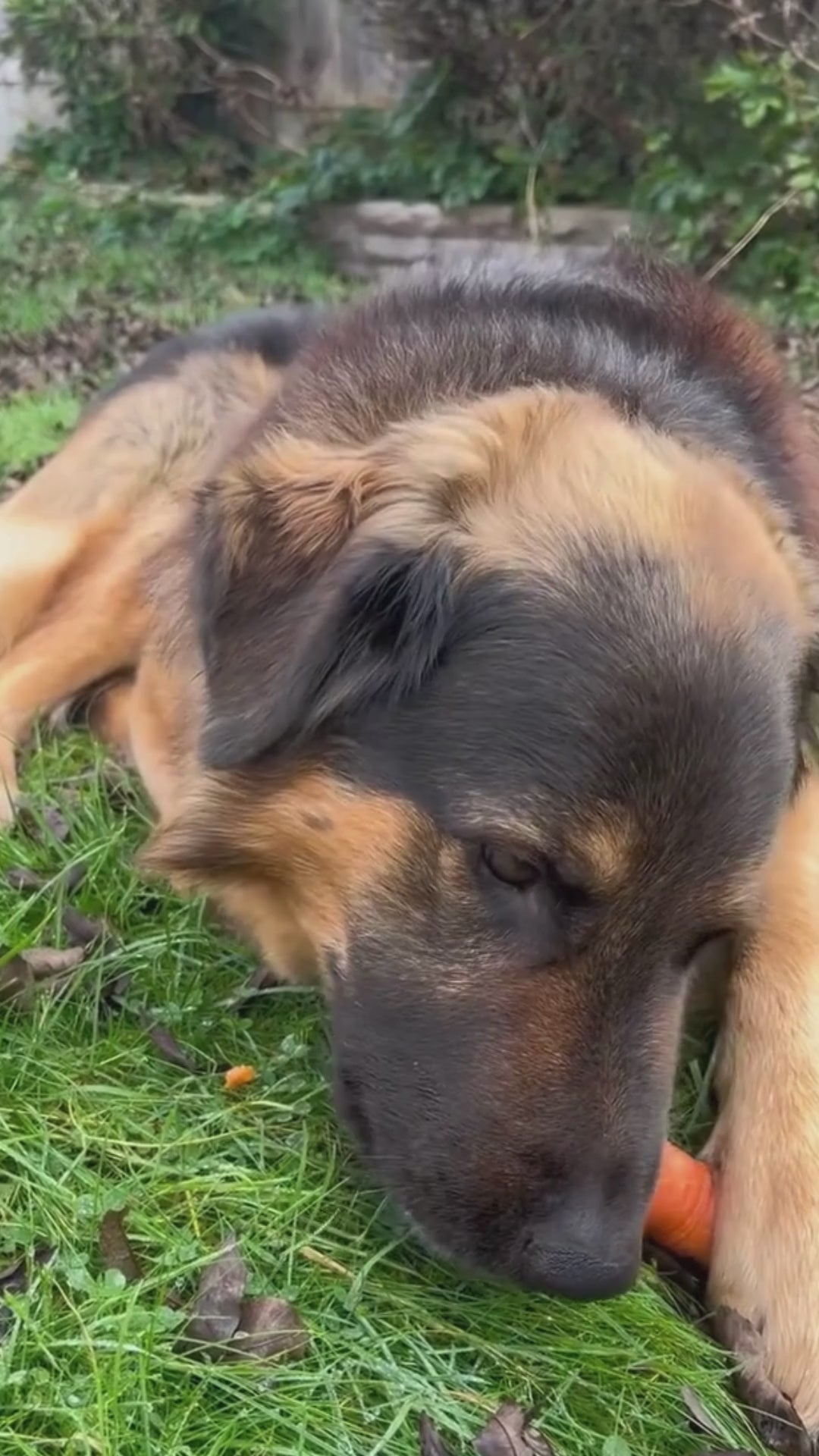
High five to high fibre
Tasty and good for us, fibre is a very important part of the human diet - it lowers our cholestorol, keeps our digestive system ticking over nicely, and can even help our heart to stay strong and healthy. But what about our dogs?
As with humans, feeding your dog foods high in fibre can aid the prevention of certain diseases such as diabetes, obesity, irritable bowel syndrome and colitis. Fibre also facilitates smooth bowel movements and helps to prevent constipation.
Does your dog need more fibre? And what are the best high fibre foods for dogs? Take a look though the information below…
Best high fibre foods for dogs
Top Tip!
For a high fibre diet, we recommend our Weight Control Chicken & Oats which contains 7.5% fibre. Burns Weight Control range is formulated with whole grain oats which provide both soluble and insoluble fibre. Both types of fibre are needed to maintain a healthy digestive system and ideal body weight.
